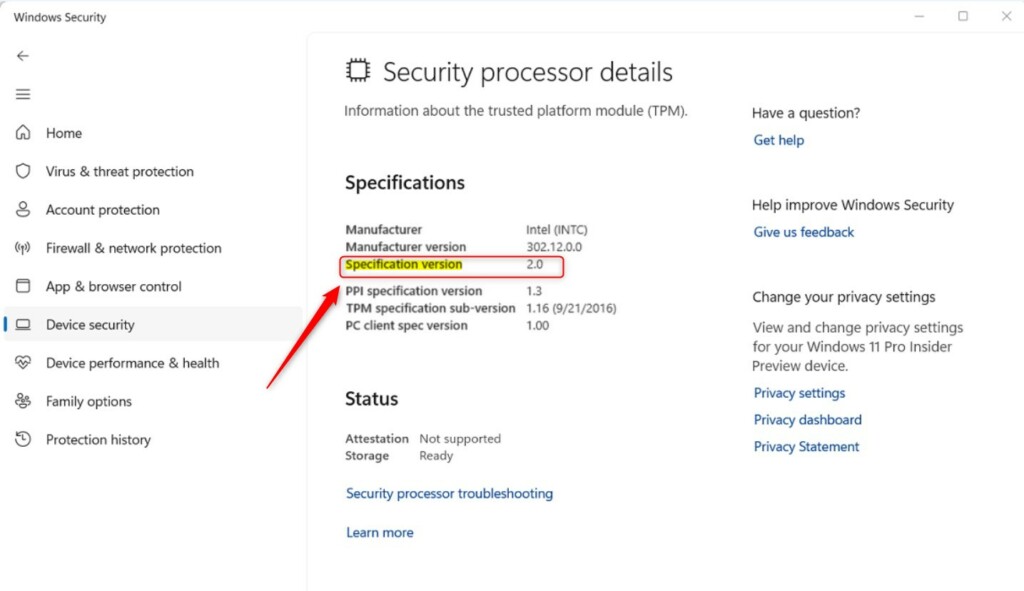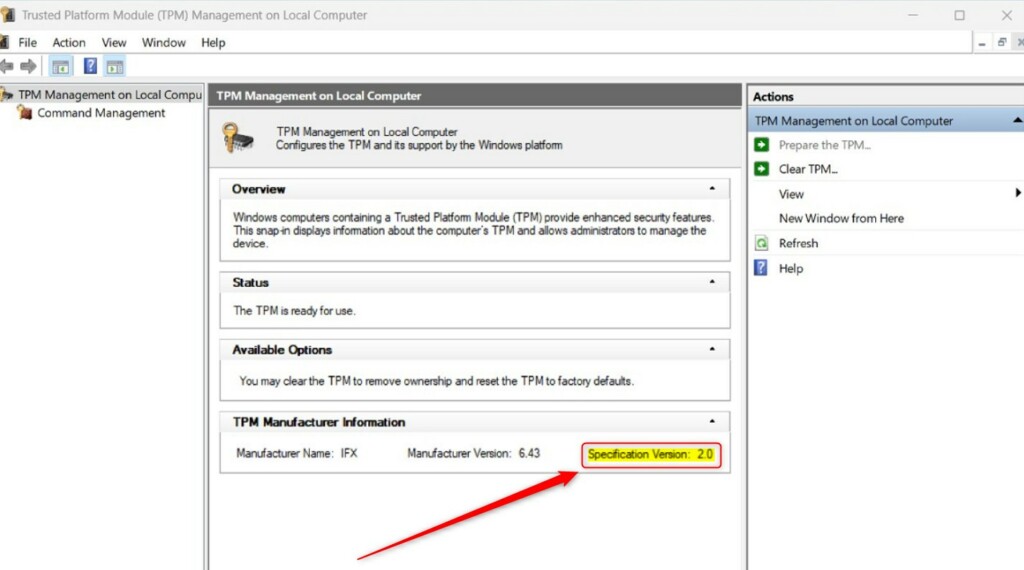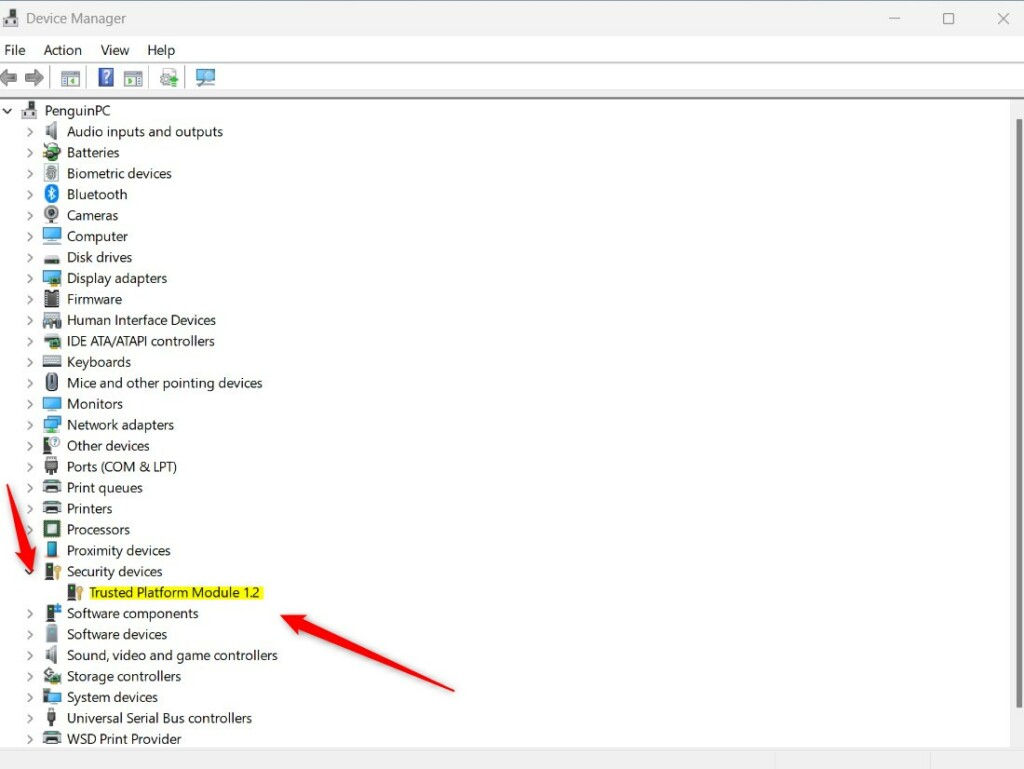This article explains how to check what version of Trusted Platform Module (TPM) your device is running in Windows 11.
TPM technology is designed to provide hardware-based, security-related functions. A TPM chip is a secure cryptoprocessor that helps you generate, store, and limit the use of cryptographic keys.
If your device has a TPM chip and isn’t working properly, you may need to troubleshoot and fix the problem. To troubleshoot the problem correctly, knowing the TPM installed version will also help.
Also, Windows 11 requires Trusted Platform Module (TPM) version 2.0 and higher.
Knowing the TPM version installed in Windows can help you troubleshoot and fix TPM-related issues.
Here’s how to identify what TPM version is running on your Windows device.
Use the Windows Security app
First, open the Windows Security app.
You can do that by clicking on the Start menu and searching for “Windows Security.” Then, under Best match, click on the Windows Security app.

In the Windows Security app, on the “Security at a glance page,” click the Device security link on the left or the icon on the screen.

Next, click the Security processor details link under the Security processor.

You will see the TPM version under Specifications on the Security processor details page.

Use TPM Management Console
Another way to view the TPM version installed on your Windows device is to use the TPM management console.
To access the console, click the Start menu and search for “Trusted Platform Module (TPM) Management (tpm.msc)”.
When the console app opens, you should see the TPM version installed.

Use Device Manager
Yet another way Windows users can view the TPM version installed is to use the Device Manager app.
First, open the Device Manager (devmgmt.msc) app.
When the app opens, expand Security devices, and you will see the version number for your device Trusted Platform Module 2.0.

Use PowerShell or Command Prompt
Finally, users can use PowerShell or the Command Prompt to view the TPM version installed in Windows 11.
First, open the Windows Terminal app. Then use either PowerShell or the Command Prompt tab.
Run the command below.
tpmtool getdeviceinformation
The result should display the version number of the TPM device installed in Windows.
With the TPM version handy, you can further troubleshoot issues with your device’s TPM chip.
That should do it!
Conclusion:
- Understanding the TPM version: By following the steps outlined in this article, you can understand the Trusted Platform Module (TPM) version installed on your Windows device, ensuring compatibility with Windows 11 security requirements.
- Enhanced Troubleshooting: Armed with the knowledge of your TPM version, you can leverage this information to effectively troubleshoot and address any potential issues related to your device’s TPM chip.
- Continual Support: The methods detailed here provide various avenues to access your TPM version, enabling you to stay ahead of security concerns and maintain the integrity of your device.
- Community Engagement: Your insights and experiences with these processes are valuable. We encourage you to share any feedback, errors, or additional insights through the comments section, contributing to a collective understanding of TPM management.

Leave a Reply to Install Windows 11 on VirtualBox – Geek Rewind Cancel reply